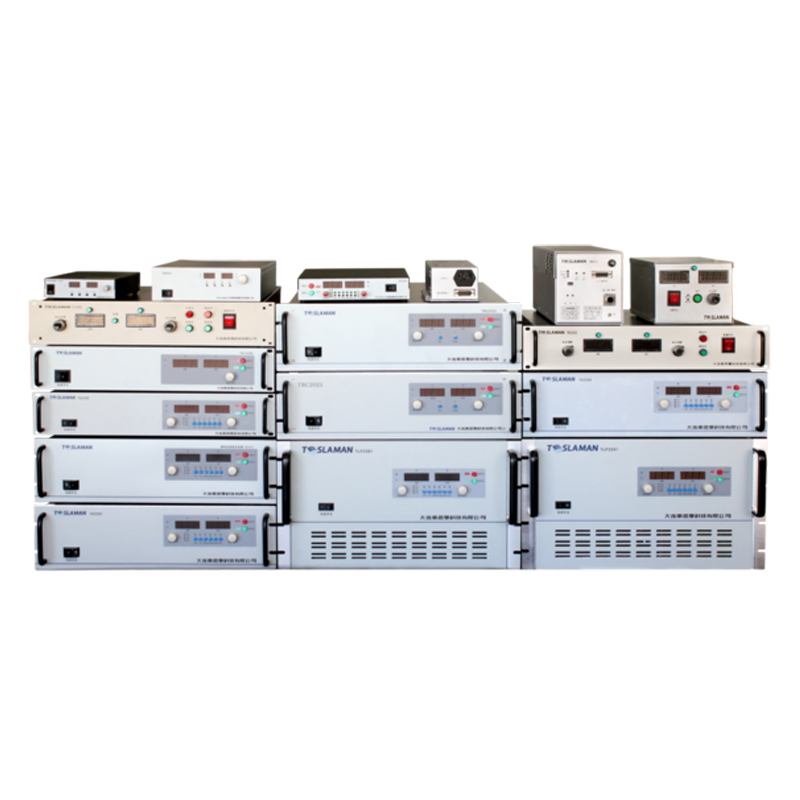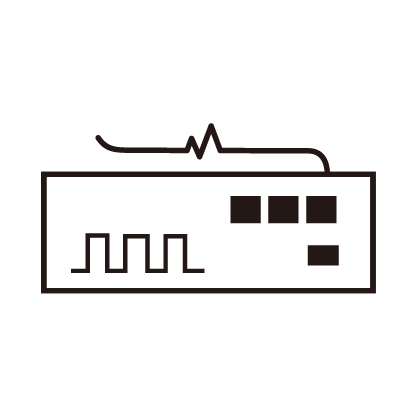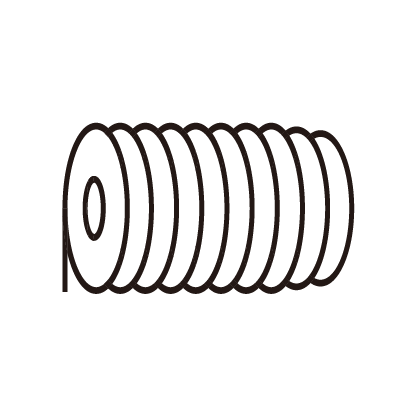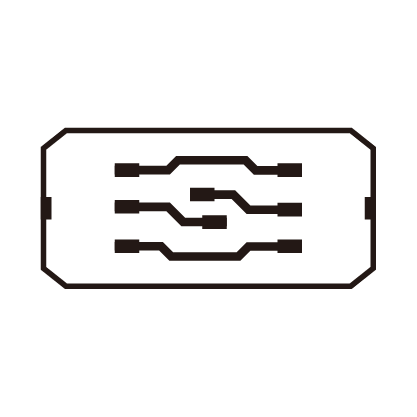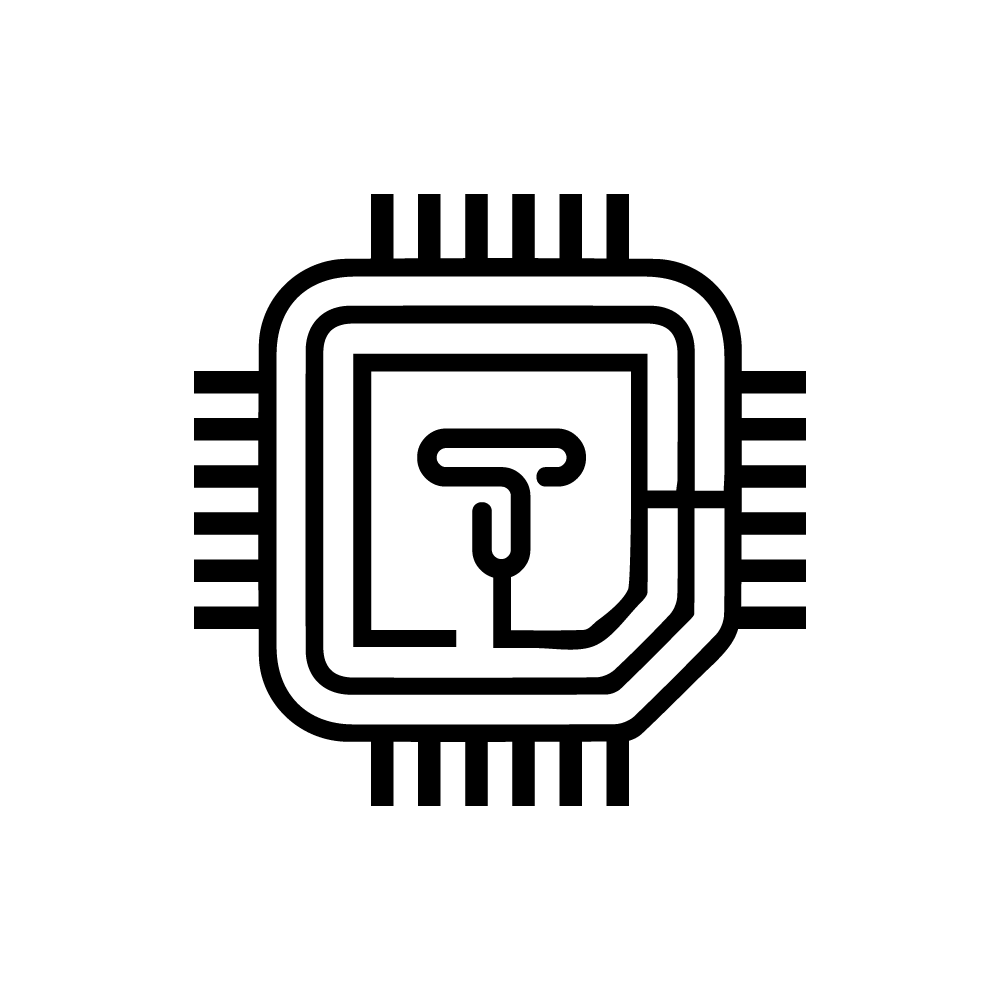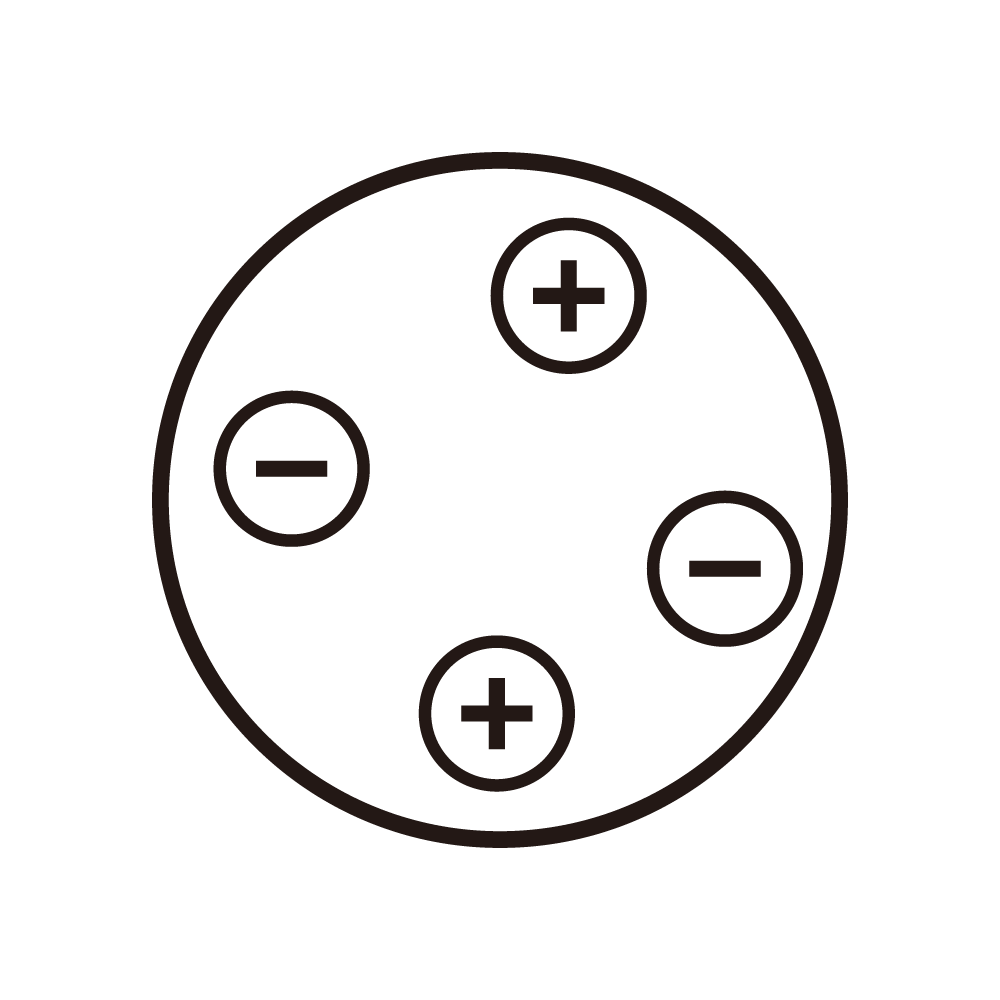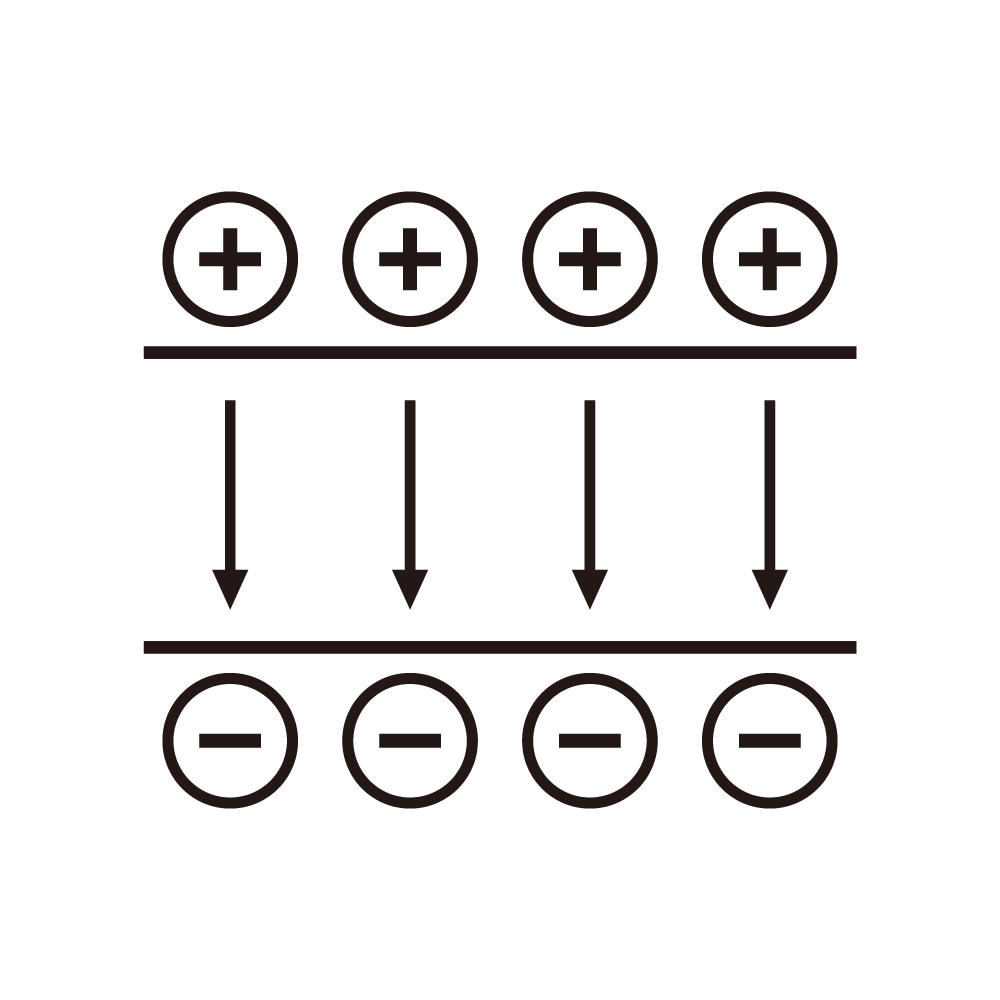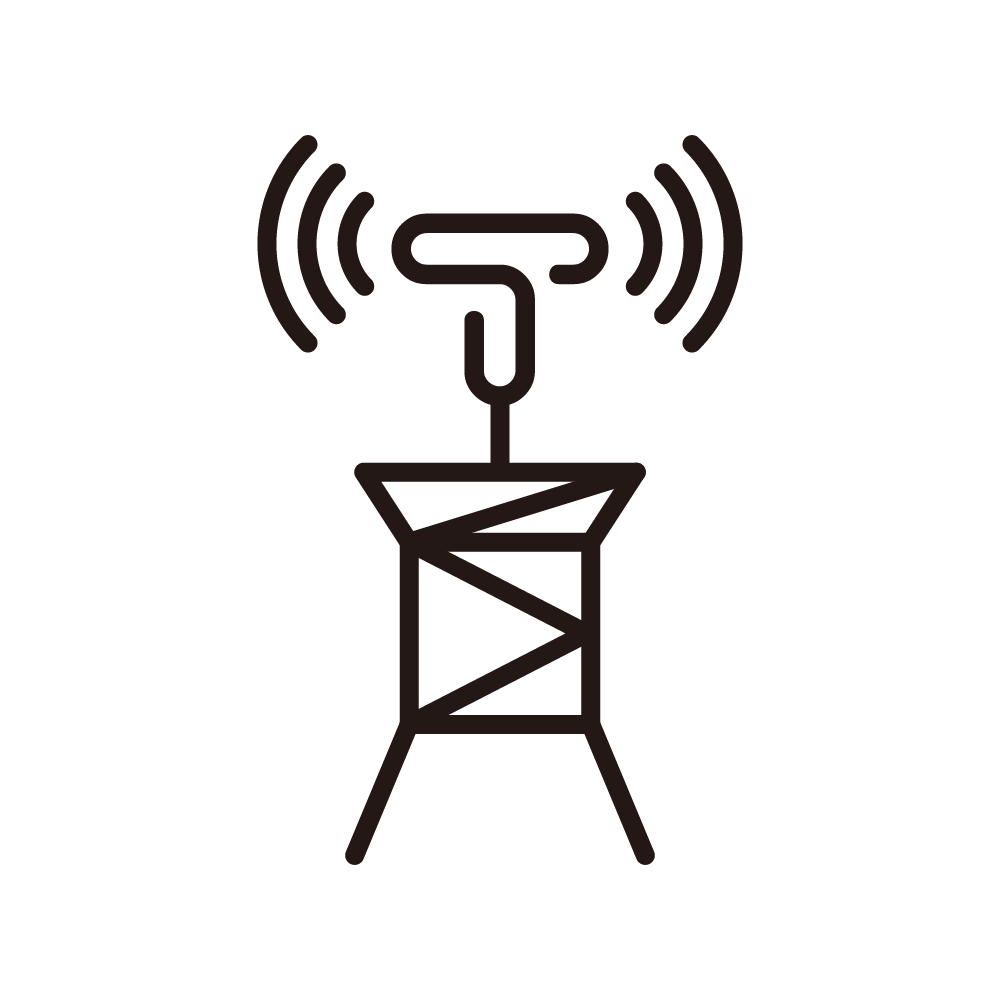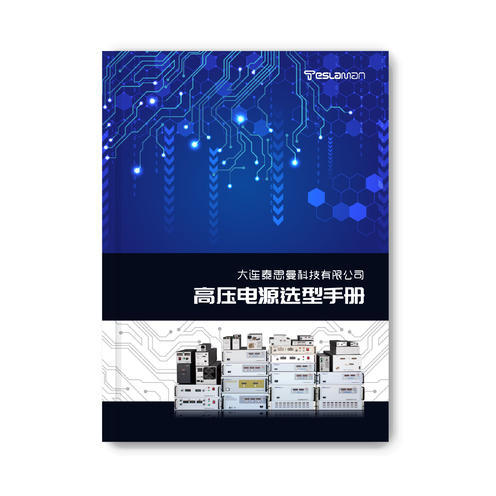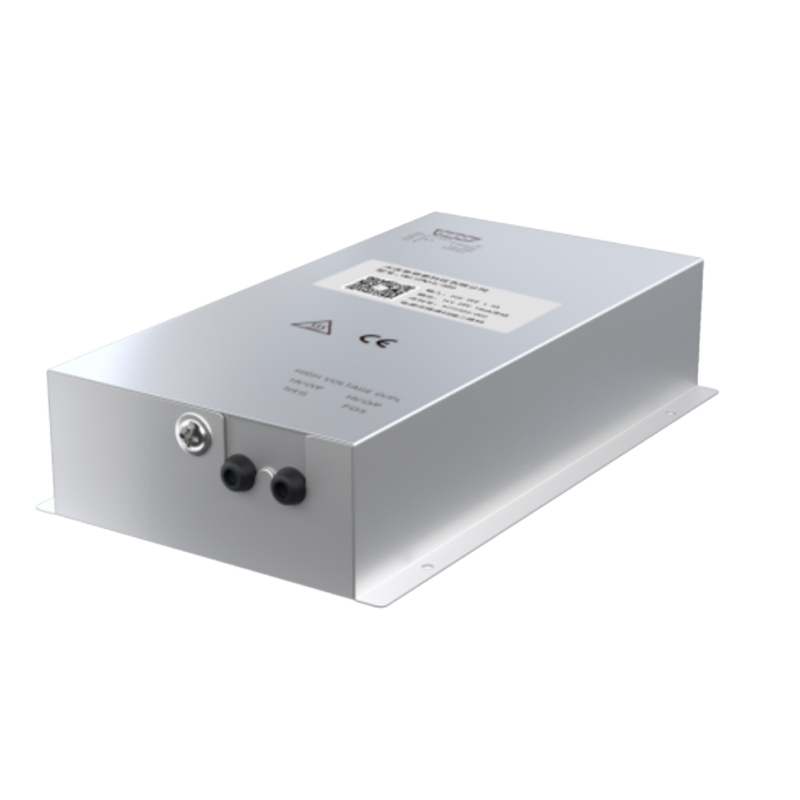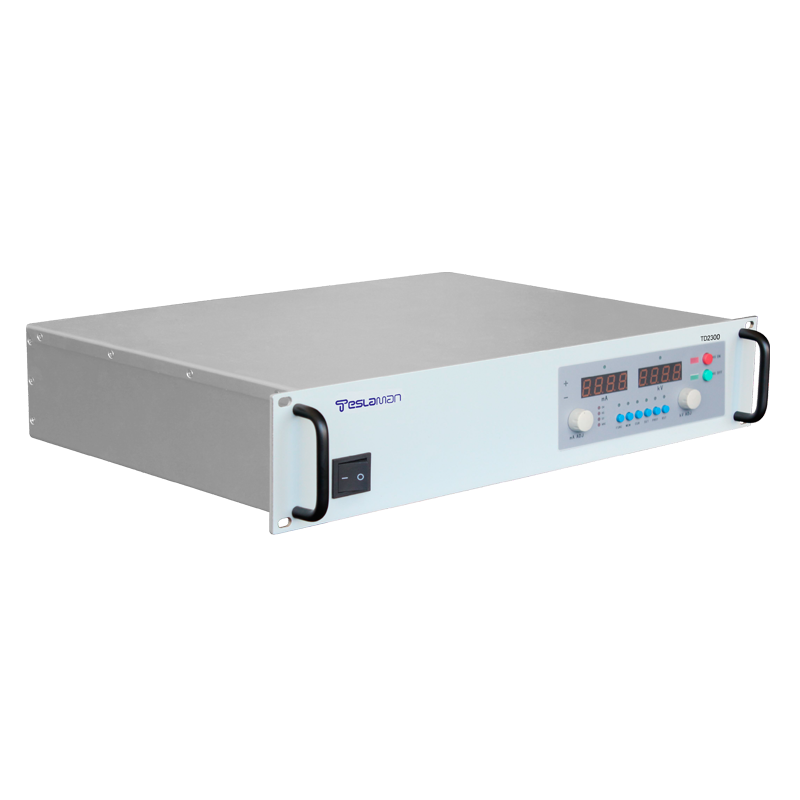Constant-Current Control in High Voltage Power Supplies for Ion Beam Systems
Ion beam systems—used in material modification, surface etching, thin-film deposition, and accelerator applications—depend on precisely controlled high-voltage power supplies to maintain stable beam current and energy. Because beam uniformity and energy distribution directly determine process accuracy, constant-current (steady-beam) control is one of the most critical functions of the power source.
Ion sources operate as nonlinear plasma loads whose impedance varies with gas pressure, temperature, and ion density. To counter these fluctuations, modern power supplies employ a dual closed-loop control structure: an inner current feedback loop for fast correction and an outer voltage loop for overall field regulation. This architecture ensures both short-term stability and long-term control accuracy.
High-bandwidth current sensing is essential. Sampling resistors must exhibit minimal thermal drift and low inductance. For safety and accuracy under high potential, optical or transformer-isolated current sensing is often employed. The control processor—implemented with FPGA or DSP hardware—executes real-time algorithms such as proportional–integral (PI) or adaptive feedback to maintain beam current stability within microseconds. The typical settling time for current deviations is less than 1 ms.
Because ion beams can trigger arc discharges, fast overcurrent protection is mandatory. The controller continuously monitors the output; upon detecting a rapid current surge, it either clamps the voltage or instantly disables the power stage. Some advanced designs include energy recovery circuits that absorb and recycle discharge energy, minimizing stress on the ion source and extending its lifetime.
Electromagnetic compatibility is another challenge. High-frequency switching can introduce noise that destabilizes the beam. To suppress this, multi-stage LC filtering and interleaved phase topologies are used to reduce current ripple. Energy efficiency is improved by using regenerative converters that recover unused power during non-beam intervals, reducing thermal load and power waste.
Balancing between control bandwidth and system stability is key. Excessive gain may cause oscillations, while insufficient response leads to current drift. Engineers employ frequency-domain modeling and Bode analysis to tune loop parameters, achieving optimal damping and phase margin. Simulation-based design ensures stable operation across the full operating range of plasma impedance variations.
Thus, steady current control in ion beam systems reflects a synthesis of high-speed control theory, power electronics, and plasma physics. A well-designed power supply ensures a consistent, stable ion beam, which is essential for reproducible results in advanced material processing and particle research.
